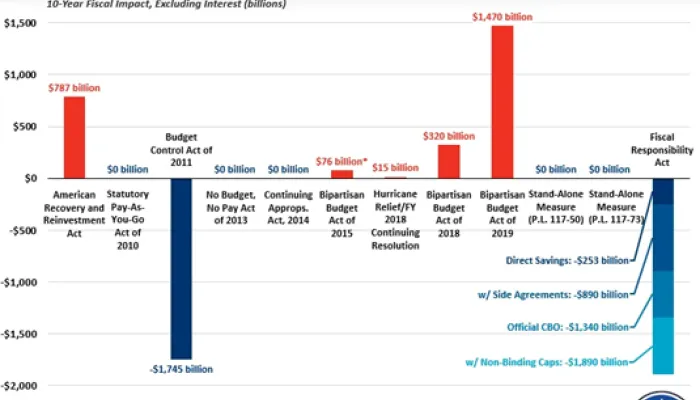Fiscal Policy Rules: What Works
Last month, the International Monetary Fund released a report identifying successful measures that countries should keep in mind as they cope with government deficits and debt in the wake of the global recession, but continue to strive for responsible fiscal policies. Many countries have various “fiscal rules” intended to force a country’s lawmakers to consider the fiscal impacts of their actions, with a goal of long-term fiscal sustainability. The European Union, for example, requires member countries to maintain certain levels of debt and deficits. But, as the paper highlights, the recent global economic crisis has brought new scrutiny to the use and effectiveness of such rules. Among the report’s findings on successful measures:
- Fiscal rules must be credible and enforceable;
- Fiscal rules need to be flexible in order to deal with economic shocks;
- Implementation of new fiscal rules should begin immediately, but take effect gradually as economies continue to recover;
- In the wake of the recession the focus should be on the medium term and avoid a rapid return to any existing rules.
A December report released by the Peterson-Pew Commission on Budget Reform includes recommendations that parallel the IMF’s recommendations for ensuring a country’s success in maintaining a sound fiscal plan, while balancing those efforts with the continuing effects of the global recession on governments’ budgets. For example, the Commission report recommends Congress and the President enact debt reduction legislation now that would begin slowly in 2012 so as not to jeopardize the recovery, and that would also include flexibility to deal with poor economic times that may resurface. The IMF also recommends acting quickly to implement a fiscal consolidation plan, suggesting that, “…it may be helpful to design and announce early-on a credible rule-based framework, and a timetable for its implementation.” The Commission report recommends a similar goal for the United States: a medium-term goal of stabilizing the level of U.S. debt held by the public to 60 percent of GDP by 2018.


